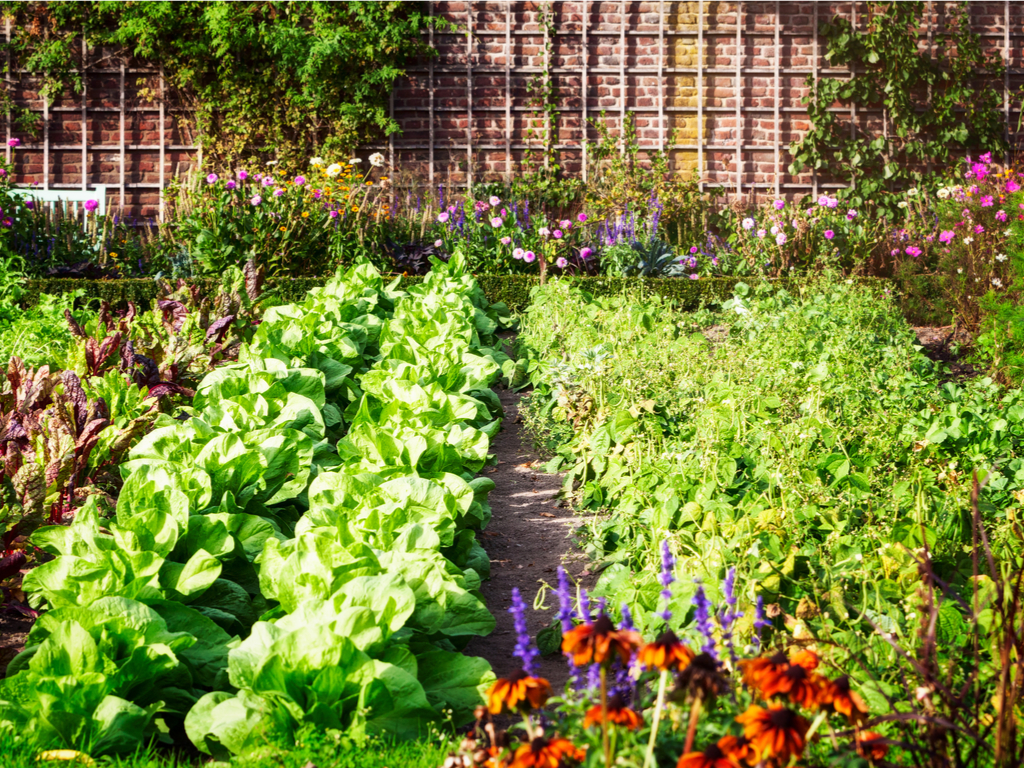
What Makes a Cleaning Product Pet- and Child-Friendly
Cleaning products safe to use in a home where pets and children live have no harsh, toxic chemicals that could irritate the body’s tissues. Among these harsh and toxic chemicals to avoid are ammonia, chlorine bleach, formaldehyde, parabens, phosphates, Volatile Organic Compounds (VOCs), glycol ethers, sodium lauryl sulfate, petroleum solvents and chemical fragrances, including phthalates. In addition to protecting sensitive bodies, child- and pet-friendly products are good for the environment. Related Article: Housing Considerations for Families Also, avoid antibacterial soaps and cleaning products, as they kill not only the harmful bacteria you want destroyed but also the healthy bacteria that helps the body naturally destroy them. Over time, antibacterial products can lead to the emergence of stronger, more resistant strains of bacteria, exposing your children, pets and you to greater risk. You may see labels identifying cleaning products as recommended, certified or approved by any of a number of third-party organizations that assess the health and/or safety of certain products. These organizations include EcoLabel, Environmental Working Group and Green Seal. One way to identify child- and pet-friendly cleaning products is by looking for certain terms they use on their labels, such as:- Green.
- Nontoxic.
- Biodegradable.
- Petroleum-free.
- Solvent-free.
- Phosphate-free.
- VOC-free.
Child- and Pet-Safe Homemade Cleaning Substitutions
Instead of buying expensive all-natural cleaning products, you can make most of the all-natural, child- and pet-safe cleaning products. Most cleaning projects you can take care of with just soap, water, baking soda and vinegar, either alone or in combination. Baking soda scours, deodorizes and softens water. Unscented liquid soap, like Castile, is biodegradable and immensely versatile, able to clean almost anything. White vinegar cuts grease and removes odors, mildew and certain stains. It also removes and prevents wax build-up. Other all-natural homemade cleaning substitutions include:- Alcohol as a disinfectant, although concern about isopropyl alcohol’s safety makes vodka and ethanol, or grain alcohol, safer choices.
- Citrus in solvent form, it can clean grease and oil, paint brushes and certain stains. It can also irritate the eyes, lungs or skin in people with chemical sensitivities.
- Cornstarch for cleaning windows, polishing furniture and shampooing rugs and carpets.
- Hydrogen Peroxide, which a disinfectant useful in kitchens and bathrooms for removing stains in grout and fabrics. It can also irritate the skin and lungs, however, so use with care.
- Lemon juice for eliminating bacteria.
- Olive or vegetable oil for polishing wood.
- Oxygen bleach, usually made from peroxide and/or sodium carbonate, whitens fabrics and removes many stains.
- Washing soda or sodium carbonate decahydrate (SAL), a mineral that removes most stains, cuts through grease, softens water and cleans up tubs, sinks, tiles and walls. Avoid using on aluminum, however, and beware of irritating mucous membranes.
Cleaning Methods and Household Practices
When using any household cleaner, whether homemade or store-bought, be sure to use it properly. If instructions are provided, then follow the instructions exactly, such as decluttering a space with made with different materials. Barring instructions, make sure to use protective gloves while applying any cleanser and remove the cleanser completely when wiping, vacuuming or rinsing. Beyond this basic wisdom are many other cleaning methods and household practices for helping to keep your home pet- and child-friendly. Dilute all the cleansers you use in order to reduce their harshness without reducing their effectiveness. Avoid carpet cleaners sold in spray form because the chemicals they contain can stay trapped in carpet fibers for years. Make sure anyone else who may be cleaning your home, like housekeepers, houseguests, house-sitters, babysitters and pet-sitters, understand your cleaning practices and which products they are to use. Do your best to prevent dirt from entering the house in the first place, such as by having everyone in the home wipe their feet upon entering. If possible, then have a shoeless home. Above all, never clean with your kids or pets in the room, and always ventilate the space sufficiently before letting your kids or pets back into the room. Moreover, keep all cleaning products well out of reach of kids and pets, secured in a tightly sealed space.Cleaning Specific Surfaces
To clean countertops, mix 10 parts of water with one part of lemon juice or vinegar in a spray bottle. Spray the mixture onto the surface and use a clean cloth to wipe off the excess. To clean stainless steel, make a paste from a small bit of warm water mixed with baking soda. Rub the paste onto the stainless steel surface and use a clean cloth to wipe it until all the paste has been removed. For tile, mix one part each of water and vinegar, and use the solution to mop the tile. To scrub the grout in between the tile, use a paste made from hydrogen peroxide mixed with baking soda. Related Article: Ways to Save on Home Decoration ProjectsBy Admin –



